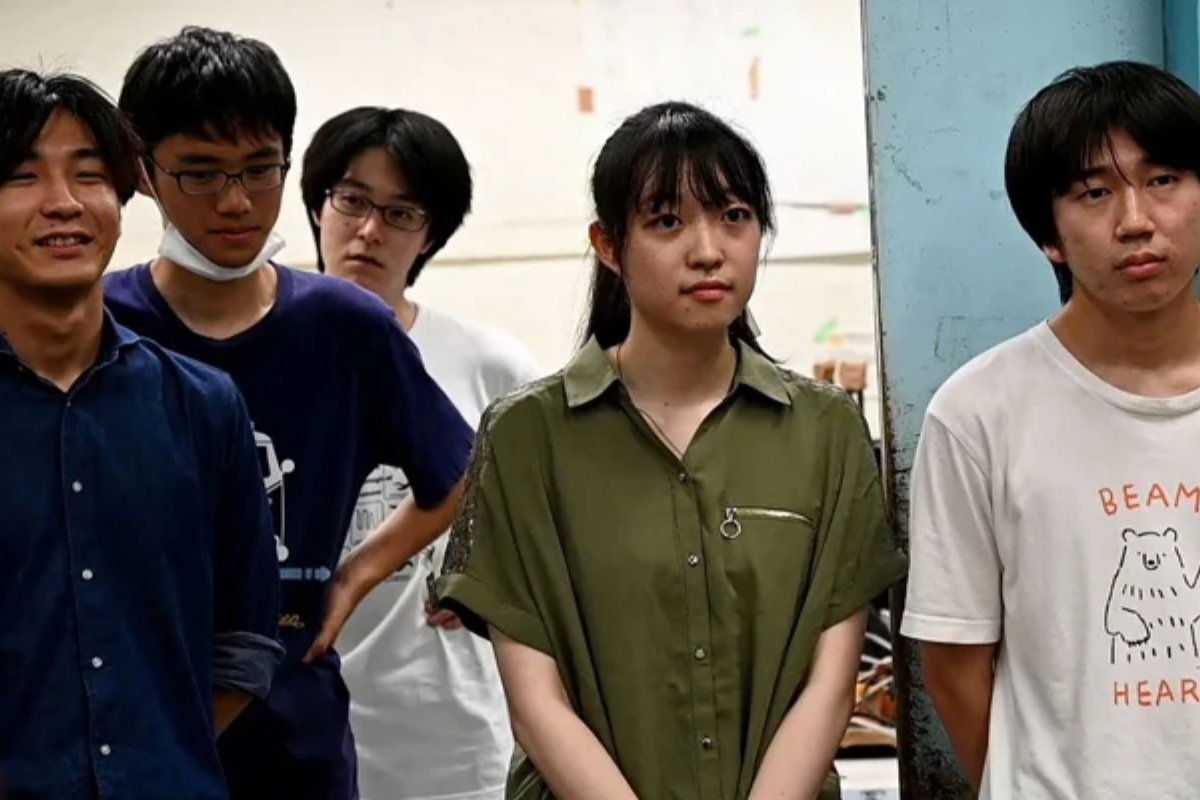Who is Huw Edwards in the BBC adultery scandal?
Huw Edwards, a prominent BBC News presenter who has found himself embroiled...

Japan’s initiatives to combat stigma around women in science stereotype
Yuna Kato, a third-year Japanese student studying at a prestigious engineering university in Japan, dreams of pursuing a research career.
However, she is concerned that starting a family might limit the duration of her career.
Kato reveals that her family members have discouraged her from pursuing science, technology, engineering, and mathematics (STEM) fields, suggesting that women in these areas are too focused on their work to balance relationships or family life, making it difficult for them to find life partners.
“My grandmother and mother often advise me that there are non-STEM jobs available if I want to have children,” she explains.
Despite the societal pressures, Kato remains determined in her engineering journey. However, the prevailing social stigma leads many aspiring female engineers to seek alternative paths, posing a significant challenge for a country with a population of 125.7 million. Japan is projected to face a shortage of 790,000 workers in the IT sector alone by 2030, primarily due to the underrepresentation of women.
Experts caution that this situation could lead to a decline in innovation, productivity, and competitiveness for a country that has historically thrived on these strengths as it became the world’s third-largest economy.
“It’s a significant loss for the nation,” says Yinuo Li, a Chinese educator with a PhD in molecular biology, who has been recognized as a female role model in STEM through a Barbie doll featuring her likeness. Li is currently in Japan on a cultural exchange program.
“Without gender balance, technology will have significant blind spots and deficiencies,” adds the mother-of-three.
Unconscious bias is a contributing factor to Japan’s low ranking among wealthy nations in terms of female representation in engineering, manufacturing, and construction, with only 16% of female university students majoring in these fields. Additionally, there is just one female scientist for every seven in the country, despite Japanese girls achieving the second-highest score in the world in mathematics and ranking third in science, according to the OECD.
For overall gender parity, Japan’s ranking has reached a record low this year. However, the country is making efforts to bridge the gap.
Starting from the academic year of 2024, approximately a dozen universities, including Kato’s Tokyo Institute of Technology, will implement a quota for female STEM students, following the example of several other universities that have already done so.
This marks a significant shift in a country where a 2018 investigation uncovered a Tokyo medical school intentionally reducing women’s entrance test scores to favor male admissions. The school believed that women were more likely to quit working after having children and considered their education to be wasted.
To change these attitudes, the government recently produced a 9.5-minute video highlighting how “unconscious bias” hinders girls from pursuing STEM studies, targeting educators and other adults.
The video portrays scenarios where a school teacher compliments a student for being good at math “despite being a girl,” making her feel abnormal, and where a mother discourages her daughter from pursuing engineering due to the field’s male dominance.
Collaborating with the private sector, the government’s Gender Equality Bureau plans to organize over 100 STEM workshops and events, mainly targeting female students, this summer. For instance, students will have the opportunity to learn from Mazda’s sports car engineers.
Schools and companies, including Mitsubishi Heavy Industries and Toyota, are offering scholarships to attract female STEM students and cultivate talent.
“The scarcity of female engineers is entirely unnatural when you consider that women make up half of society,” says Minoru Taniura, a human resources official at Mitsubishi Heavy.
“If the composition of engineers does not reflect the population, we will fall behind in meeting customer expectations.”
Panasonic also recognizes the benefits of a female perspective, with senior engineer Kyoko Ida contributing to the development of the company’s bread machine based on feedback from predominantly female users.
Jun-ichi Imura, the deputy head of Kato’s university, acknowledges that the lack of diversity has already had an impact.
“Diversity is the source of innovation, and when we think about whether we have witnessed true innovation in recent decades at our university or in Japan, it doesn’t look promising,” he reflects.
“As we look ahead to 2050, we must all consider what needs to be done now.”
Catch all the Business News, Breaking News Event and Latest News Updates on The BOL News
Download The BOL News App to get the Daily News Update & Live News.